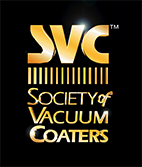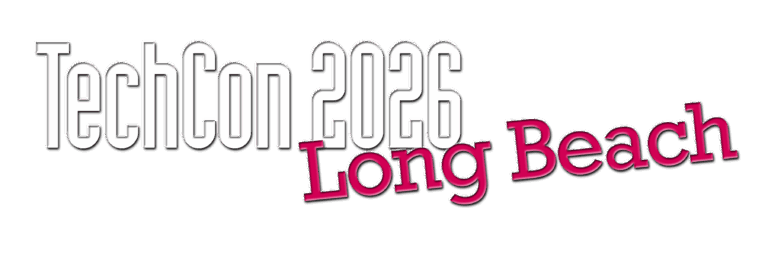Home » Technical Program » Large Area Coatings
Large Area Coatings
Scaling up to high volume manufacturing (HVM) has enabled tremendous cost reduction in the production of architectural and automotive glass, flat panel displays, solar cells, and roll-to-roll. Scalability comes with unique challenges. To operate a plant at HVM scales, the selected deposition method and related processes must be stable and reproducible over long operation time. Chemical and physical layer properties at the nanoscale must be precisely controlled across the meter scale. The obtained layers serve later as optical interference stacks, diffusion barriers, hard or lubricating coating for scratch resistance, transparent conductors, decorative coatings, solid electrodes or electrolytes.
The Large Area Coating Session gives you an opportunity to meet with and to learn from leading industry and academic experts in the field, present and discuss cutting edge developments in the broad field of coating applications, highlight the newest materials, methods, processes, review required equipment and software, and also discuss market trends. Session topics will cover:
- Understanding and controlling process at nanoscale with homogeneity up to meter-scale: Physics and chemistry of thin films and their interfaces, analytical equipment in-/ex-situ, in-/off-line,
- Human-assisting technologies: predicting and correcting materials and processes by physical simulations and machine learning,
- 2D and 3D coatings, processes, equipment, market trends and regulations for architectural, automotive, aerospace, and display applications,
- Manufacturing methods including surface preparation, etching, sputtering (magnetron, ion beam assisted), high power impulse sputtering (HiPIMS), evaporation, chemical vapor deposition (CVD), plasma enhanced CVD (PECVD), atomic layer deposition (ALD), plasma enhanced ALD (PEALD/PAALD), pulsed layer deposition (PLD), and
- Best practices: process engineering and transfer, quality control, upgrade of equipment, predictive maintenance, metrology, sustainability, testing and introducing new technologies, scale-up.
Large Area Coatings TAC Chair: Aneliia Wäckerlin, Glas Trösch AG; a.waeckerlin@glastroesch.ch; Assistant TAC Chairs: Brent Boyce, Guardian Industries Corp., bboyce@guardian.com; Marcus Frank, Bühler Group, marcus.frank@buhlergroup.com; Brian Holsclaw, Corning Inc., holsclawb@corning.com; Ken Nauman, SCI/Bühler, knauman@sputteringcomponents.com; Kyle Schuberg, Gentex, kyle.schuberg@gentex.com

